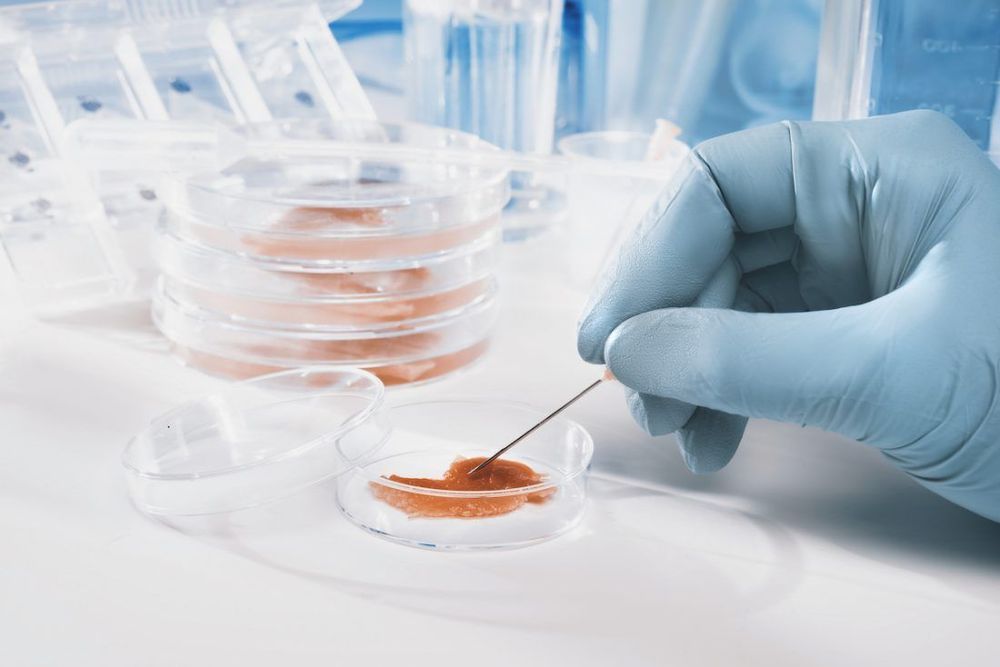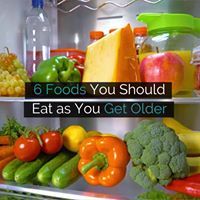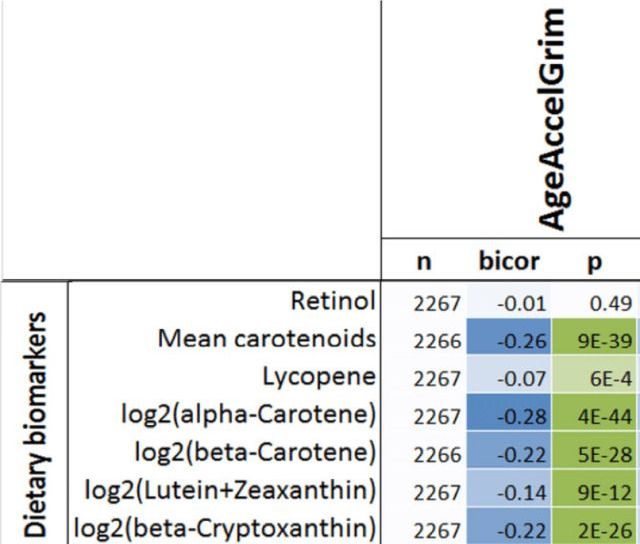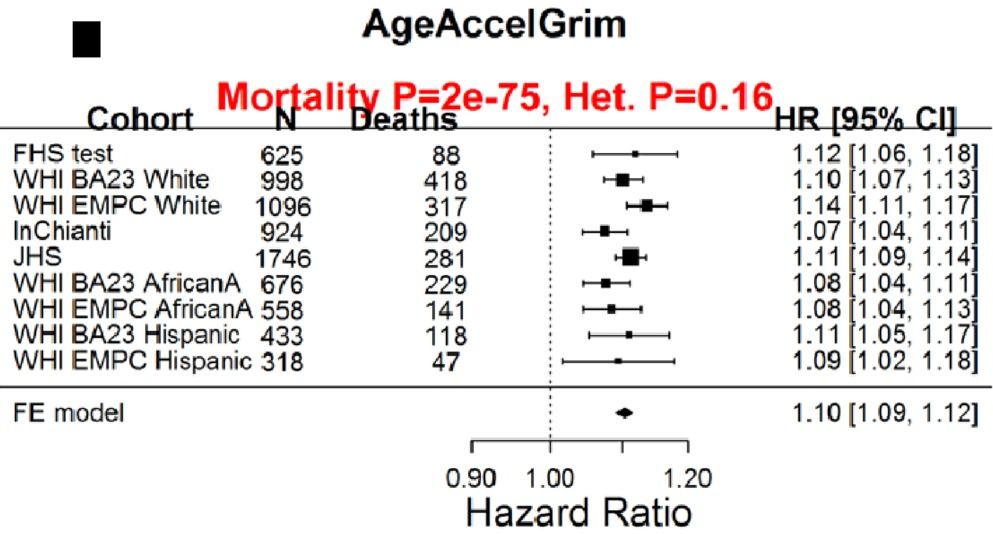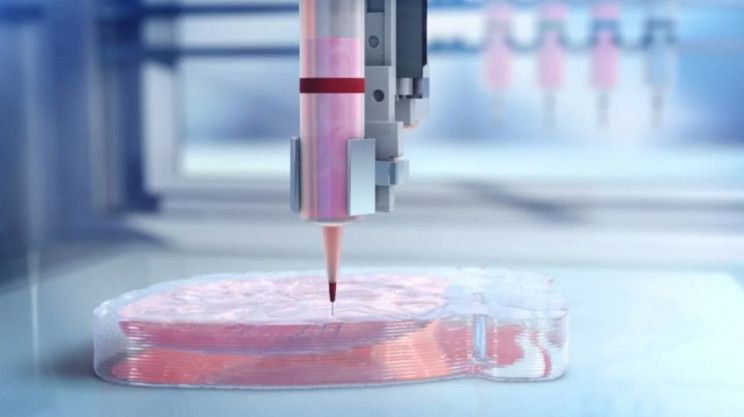
Plant regeneration at the cellular and tissue level is a unique process. Similar to animals, the stem cells in plants have properties that help stimulate and regenerate plants after injury. The unique properties of plant stem cells have been a recent area of interest and focus both in developing new cosmetics and studying how these extracts/phytohormones will influence animal skin. This special report focuses on the current evidence-based trends in plant stem cell-based cosmetics and sheds light on the challenges that we need to overcome in order to see meaningful changes in human skin using topical cosmetics derived from plant stem cells.
Keywords: : aging skin, antiaging, Ayurveda, cosmetics, epidermal stem cells, herbs, plant stem cells, regeneration.
Plants are equipped with a robust mechanism for regeneration of their tissues under stress. Significant efforts have been put into understanding this mechanism in the expanding field of plant biotechnology [1]. In animals, tissue regeneration occurs following a wound stimulus, resulting in the initiation of organ repair. By contrast, the regenerative efforts made by the plants are not only for tissue repair from damage, but also for the development of a new plant [2]. In other words, cutting the branch of a tree also results in a new bud/branch growth. Can we use this unique property in plants for improving tissue regeneration in animals? “Eat an apple a day…But can it keep aging away?” is thus the question. This report focuses on current applications of plant stem cell-based cosmetics and current research into effects of plant stem cells in human skin.
